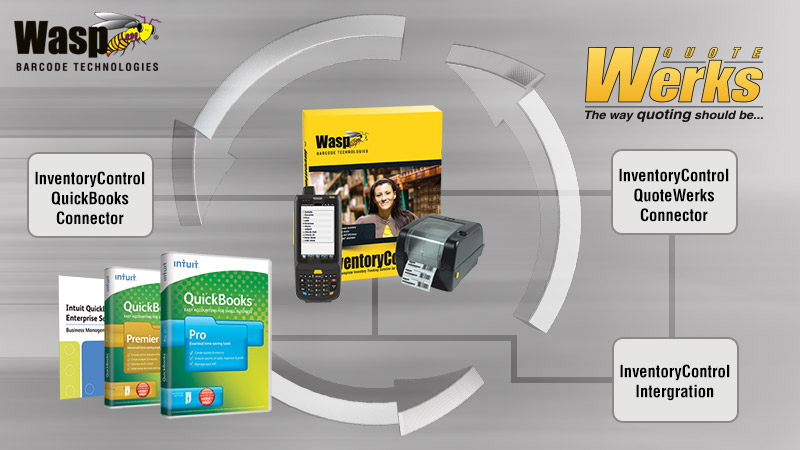Wasp Barcode Technologies: The Barcode Solution People
Why perpetual inventory systems make more cents
Inventory consists of wholesale merchandise you resell and products you manufacture or assemble. You’ve got to keep track of these items, as they represent your future revenues. This means you must know how much you have of each item. You must also keep tabs on items lost through damage, spoilage, obsolescence, misplacement or theft. The perpetual inventory system is one method to
keep track of your inventory.
With perpetual inventory systems, you continually update your records to reflect:
- New inventory items received
- Items found defective and returned
- Items moved to different locations
- Items sold
- Inventory items used to produce other inventory items
- Scrapped items
The nice thing about the perpetual system is that you have timely information and you don’t have to perform as many physical counts. But don’t kid yourself -- over time, the perpetual count will deviate from reality and the only cure is a physical count. If you manage your perpetual inventory system well, you can assume the data is reasonably accurate. Automated tracking helps.
When you use automated tracking, inventory items and their storage locations are bar coded. A central database keeps track of where items are stored and how many items reside at each storage location or bin. Your warehouse personnel are usually equipped with wireless scanners to let them capture inventory movements in real time. Simultaneously, your sales staff uses point of sale terminals to track items sold. Stay away from hand-written inventory cards -- they can be filled out incorrectly, illegibly or not at all.
See related: Why Excel is bad for inventory tracking
ACCURATE ACCOUNTING STARTS WITH EFFECTIVE INVENTORY MANAGEMENT
When you purchase inventory in a perpetual inventory system, you then update your inventory account not only with the cost of the items but also for additional costs such as inbound freight. You assign these costs to accounts payable and later to cash when you write the check. You can figure your ending inventory for a period by adding additional inventory purchases to your starting inventory and subtracting out the cost of goods sold. You may rely on different cost flow methods such as LIFO, FIFO and weighted average to figure your cost of goods sold. You can also estimate your COGS by multiplying your sales figures by your 1 minus your markup. For example, if you markup your merchandise by 25 percent, each $1 million of sales revenue represents $750,000 in COGS.
Your
accounting system should also be set up to record returns and discounts - they affect your profit margins. A prudent business owner may liberally deploy video cameras throughout the warehouse and selling areas to deter the mysterious disappearance of inventory items. If you sell high-cost, low-volume items such as fancy cars, expensive furs and lavish jewelry, you can use specific identification to track each inventory item separately. An automated system like
Inventory Control version 7 - which has the ability to reconcile
inventory data with your Quickbooks® accounting package - can easily facilitate the task.
Perpetual inventory management means continuous insight into your bottom line. How well are you managing it?




